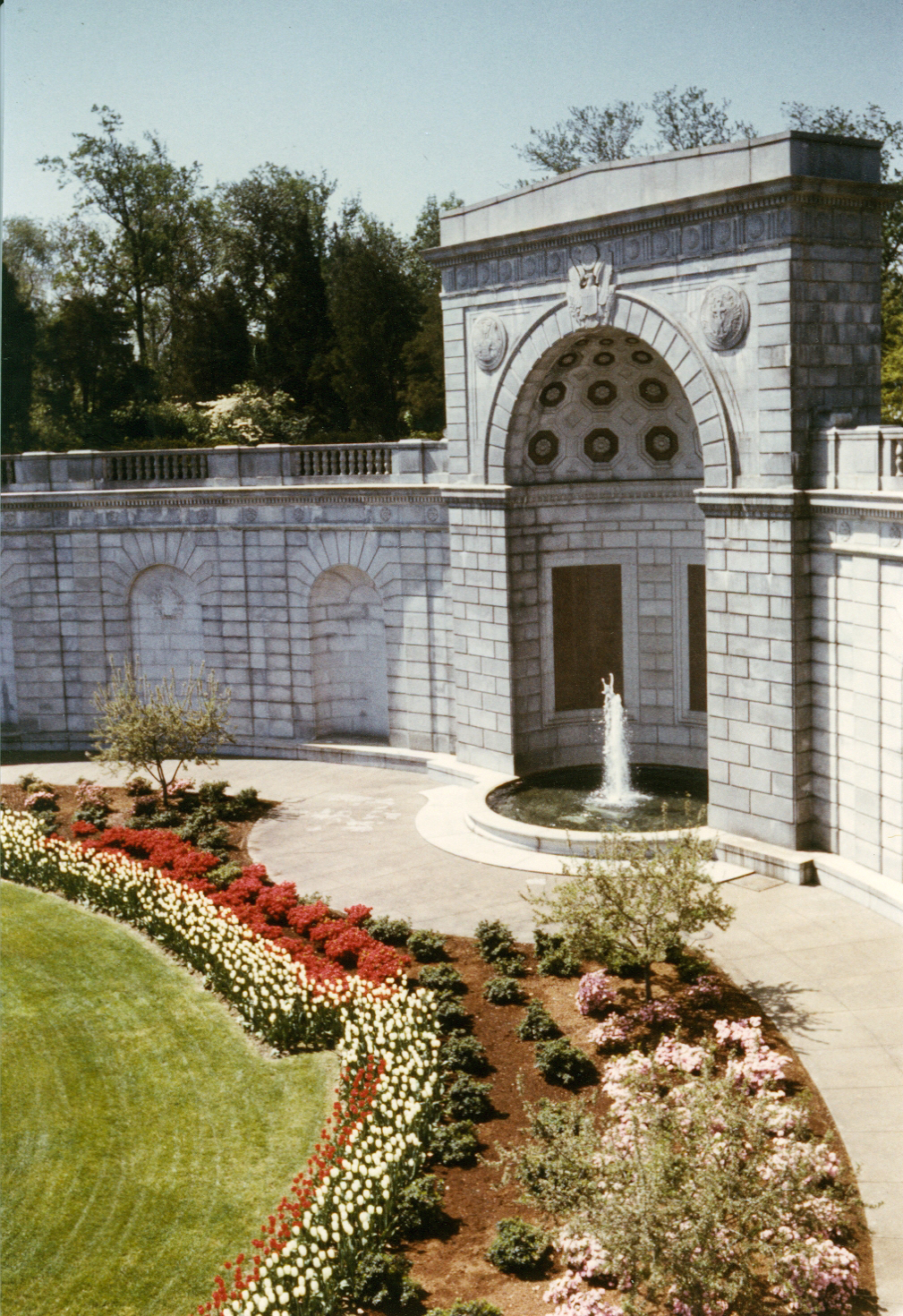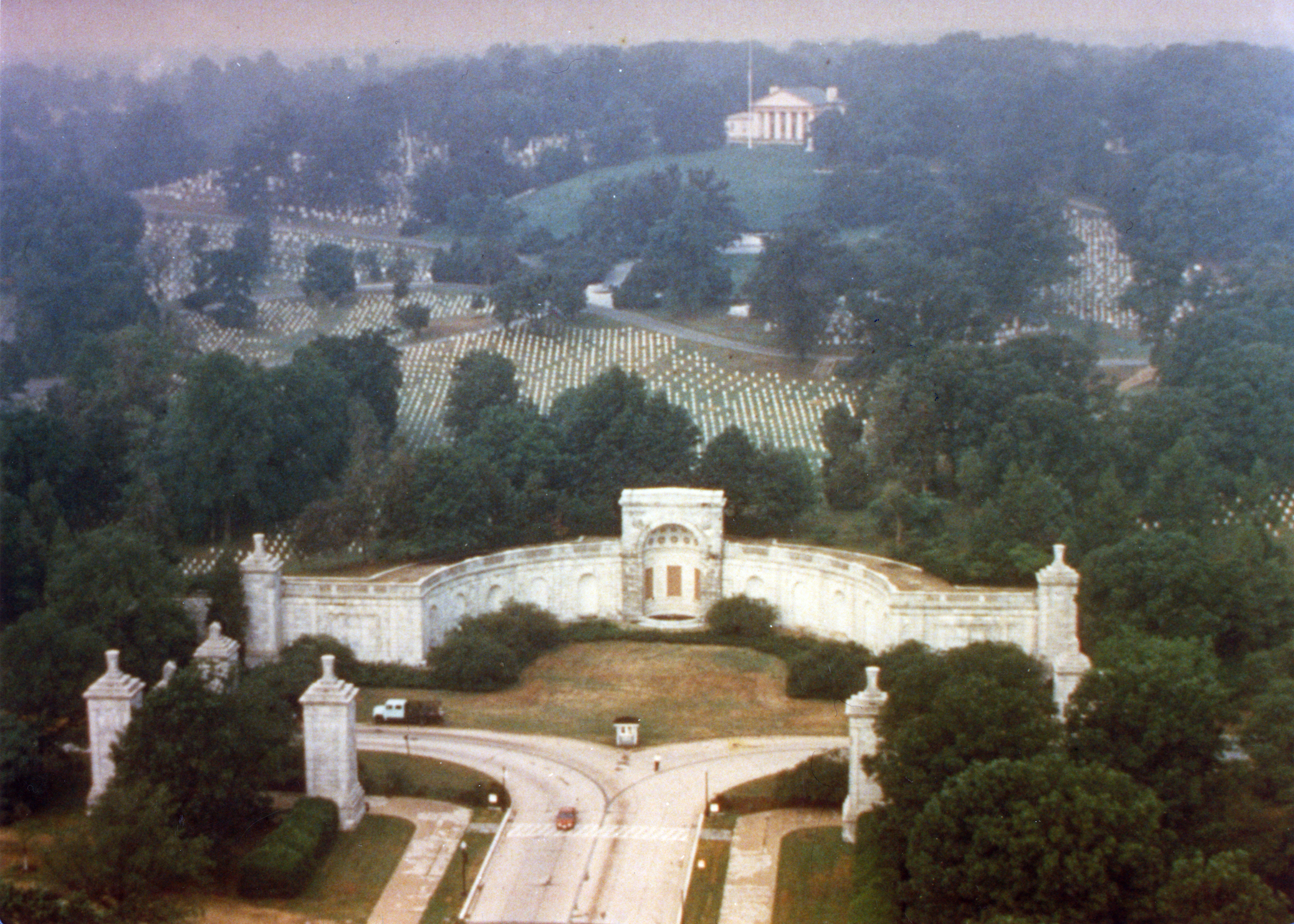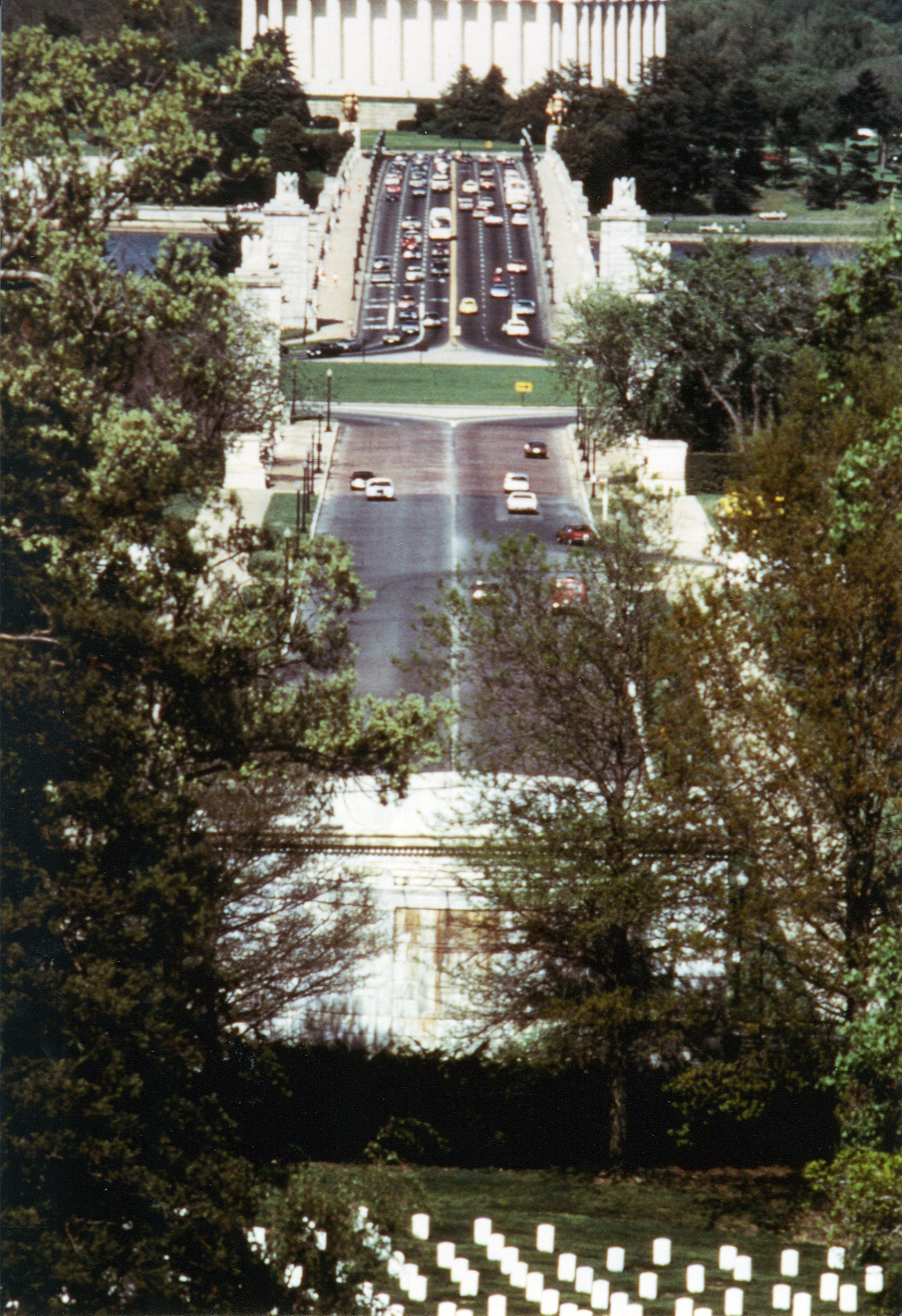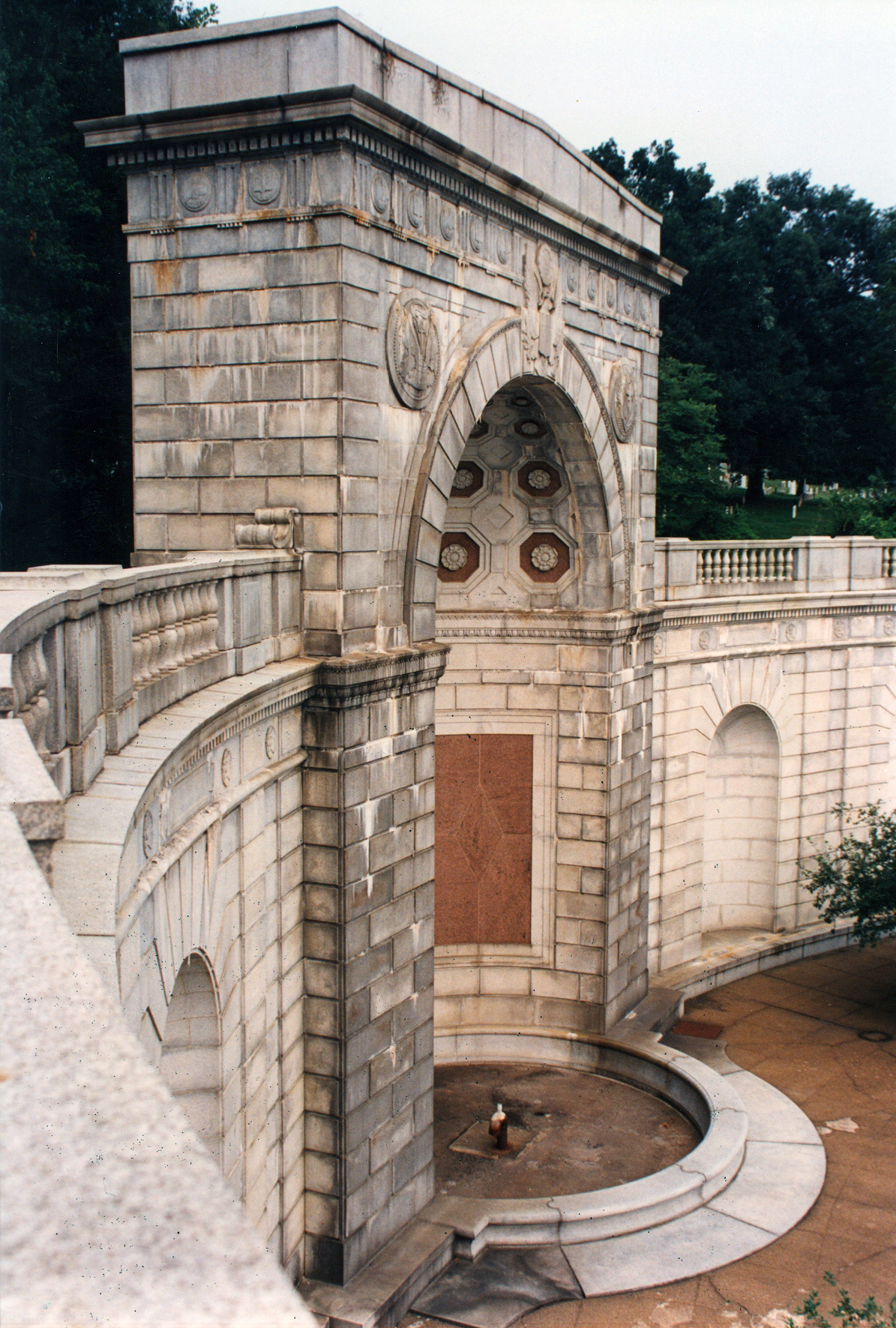Mission
The Military Women’s Memorial honors and tells the stories of women, past and present, who serve our nation.
Vision
We are the leading memorial and education center honoring women’s contributions to the service of our nation.
As the only historical repository documenting all military women’s service, we educate and inspire through innovative and interactive exhibitions, our world-class collections, and engaging programs and events for all generations. We honor the commitment, contributions and experiences of every woman who serves in, or with, the Armed Forces.
Our Legacy
Women have served in the military since the founding of the Republic. From the story of Molly Pitcher, who served with the Continental Army during the Revolution, to the women serving today, America’s military women have long demonstrated courage, patriotism, and leadership.
Dedicated to the more than 3 million women who have served our country since the American Revolution, the Military Women’s Memorial is located at the gateway to Arlington National Cemetery and is the nation’s only major national memorial to honor all women who have defended the nation—from the Revolution to the present. Opened to the public in1997, the Memorial’s award-winning design was accomplished by the architectural firm of Weiss/Manfredi and incorporates as its facade the historic Hemicycle—a retaining wall dedicated in 1932 as part of the Memorial Bridge project and originally intended as the ceremonial entrance to Arlington National Cemetery. Our Memorial is located on the western terminus of Memorial Drive and is situated on the historic line connecting the Lincoln Memorial and Arlington House.
In 1983, after the dedication of the Vietnam Veterans Memorial, World War II women veterans said that it was about time to honor them—“What about us? We served, too.” They approached former Ohio Rep. Mary Rose Oakar, who researched the issue and found that women were almost never included when the nation honored its veterans. The American Veterans Committee (AVC), a national group of veterans whose origins date back to 1944, were also discussing the lack of tribute to military women. When they learned that Congresswoman Oakar was holding hearings for a national women veterans memorial, they volunteered to contact veterans groups, the Departments of Defense and Veterans Affairs, and to lobby Congress.
In 1985, they incorporated the Women In Military Service For America Memorial Foundation (WIMSA). Resolutions and testimony followed, and on November 6, 1986, President Ronald Reagan signed into law PL-610. This bill authorized the establishment of “a memorial on Federal lands in the District of Columbia and its environs to honor women who have served in the Armed Forces of the United States.” The law also charged WIMSA with conducting the public campaign on behalf of the Memorial.
Site selection was the next step and Arlington National Cemetery’s original main gate structure with its granite retaining wall was chosen. The structure’s original design was created by the prestigious architectural firm McKim, Mead, and White as part of the Memorial Bridge project. It was dedicated by President Herbert Hoover in 1932 but never finished. This amazing architectural feature sat idle for 54 years until designated for the Foundation.
A two-stage national design competition was held in 1989, and a panel of women veterans and distinguished architects and designers judged more than 130 designs with basic criteria for consideration prescribed by the National Capital Memorial Advisory Commission. In November 1989, the Foundation announced the winner — a team led by New York architects Marion Weiss and Michael Manfredi, whose mother was a World War II Army nurse.
The Weiss/Manfredi design originally included tall glass spires rising from the original semicircular retaining wall’s upper terrace and which would glow softly in the night. This design was ultimately altered because of concerns that the illuminated spires would have too great an impact on the historic memorial corridor and did not blend harmoniously with the neoclassical architecture of the existing structure. They went back to the drawing board and returned with an arc of glass tablets etched with quotations by and about military women, which would act as skylights running the entire length of the exhibit gallery. As the sun passed overhead, the quotations were to reflect down onto the gallery walls inside the Memorial.
In June 1995, a groundbreaking ceremony was held, and construction soon began. The completed Memorial—dedicated and opened to the public on October 18, 1997—includes the Court of Valor with its reflecting pool and a 200-jet fountain representing the sound of women’s voices. The upper terrace features stunning views of the Washington Monument and Arlington National Cemetery as well as the Memorial’s signature arc of glass tablets.
The Heart of the Memorial is the Register—where visitors are offered a unique look at some of the individual stories that make up the collective history of women’s service and where a tribute can be made to a specific woman who has served. Visitors can access an interactive computer database, which holds the names, service data, memorable experiences, awards and decorations, and photographs of more than 300,000 servicewomen registered with the Memorial. While substantial and likely the largest related to military women in the world, this number represents less than 10 percent of the approximately 3 million women who have served since the American Revolution.
Also incorporated into the design is the historic line that connects the Lincoln Memorial to Arlington House—symbolically linking the North and South after the Civil War and represented by a trail of pavers running from the Lincoln Memorial up the center of Memorial Bridge and Memorial Drive. The pavers are extended onto the Women’s Memorial Court of Valor. The runnel connecting the pool and fountain projects the line through the Great Niche and into the Memorial, where it is picked up by a band of polished black granite leading to the Register Room. On this historic line, the individual stories of women’s military service can be found.
Four stairwells leading to the upper terrace breach the original wall and symbolize women breaking through barriers in the military. Behind the original wall is an exhibit gallery chronicling the collective history of military women’s service from the American Revolution to the present. It also features the Vaught Center which serves as a multipurpose event space, a gift shop, and the Hall of Honor where a tribute is paid to servicewomen who were killed in action, died in the line of duty, held prisoner of war, or were recipients of our nation’s highest awards for service and bravery.




MEMORIAL LOCATION
MEMORIAL AVE & SCHLEY DR
ARLINGTON, VA 22203
*Please note, our mailing address is different than the physical location of the Memorial.
Hours of Operation
MON – SAT
9:00am – 5:00pm
SUN
12:00pm – 5:00pm
QUESTIONS?
We'd love to hear from you!
PHONE: (703) 533-1155
Connect With Us
Mailing Address
Military Women's Memorial Foundation
200 N. Glebe Rd, Ste 400
Arlington, VA 22203
*Please note, this is our mailing address and not the physical address of the Memorial.
